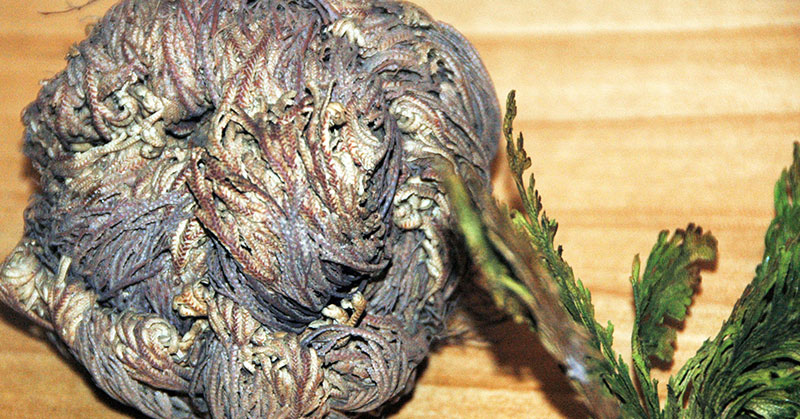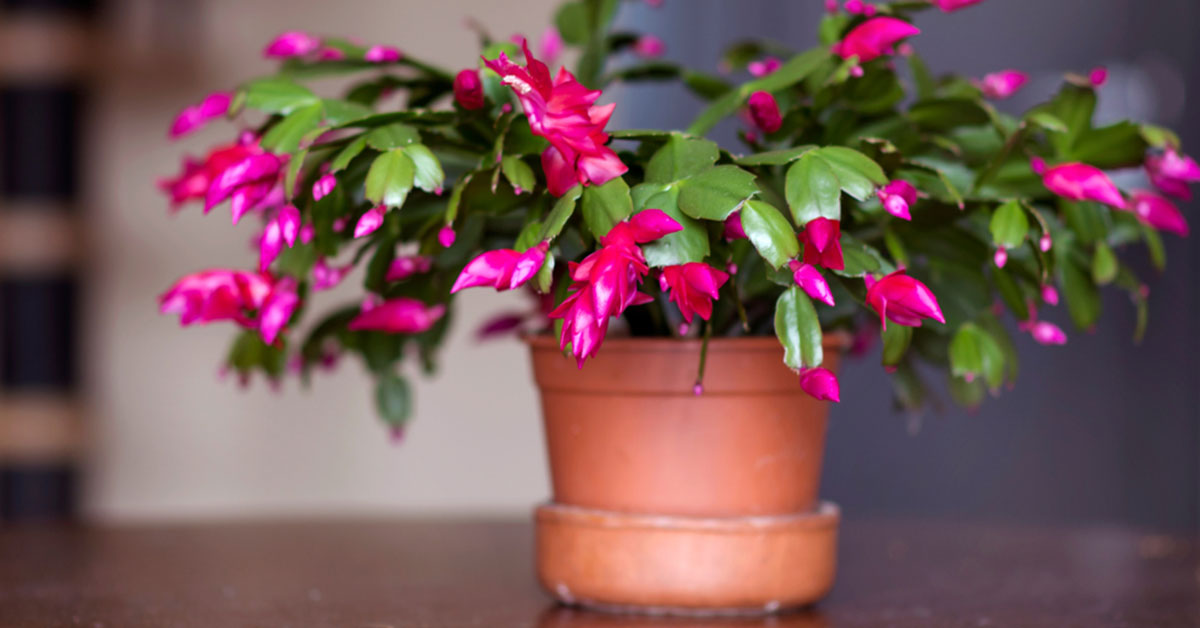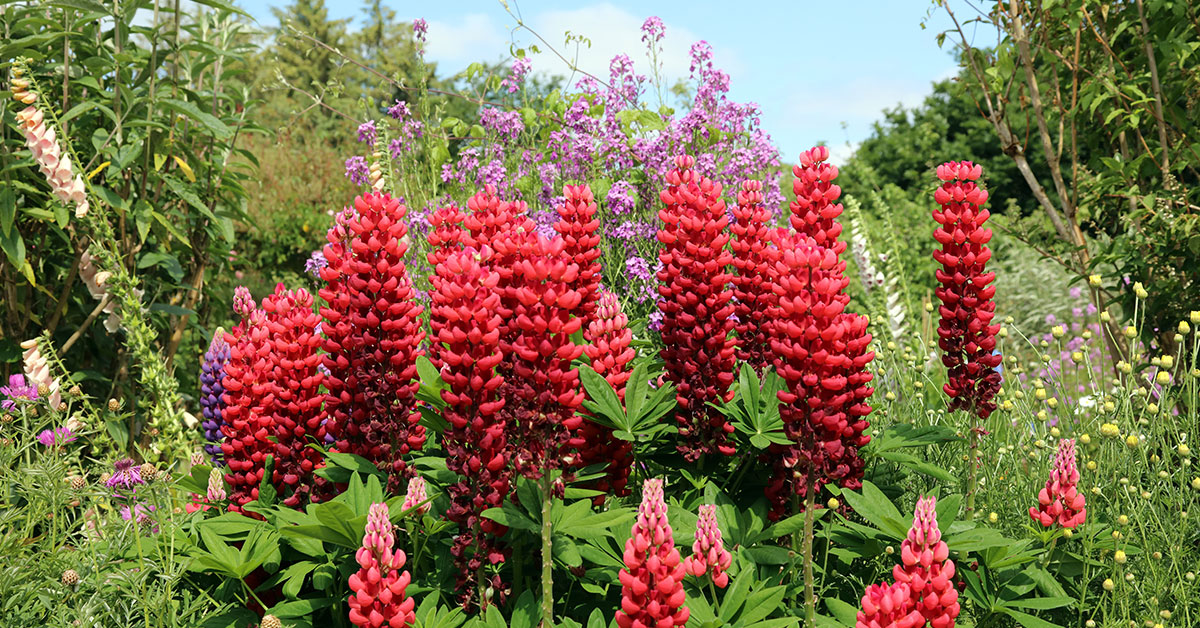I have a green thumb and I’m proud of it, but that doesn’t mean I don’t like easy plants. Resurrection plants, sometimes called the Rose of Jericho, are one of those plants that are so easy to grow it’s ridiculous. A resurrection plant is perfect for anyone who wants to add a little green to their homes that they can accidentally kill – and then revive!
What is a resurrection plant?
Resurrection plants are poikilohydric plants, meaning that they lack the ability to regulate water content. This means that they can tolerate severe dehydration without resulting in death. Lichens are a common example of a poikilohydric plant and are considered to be a type of resurrection plant, but Anastatica hierochuntica is the most commonly kept one as a houseplant.
These plants often can be purchased in their dried, dormant form and then revived with a bit of water.
In their native environment, the desert, the resurrection plant curls up into a ball when dry so it can be blown by the wind. Once it reaches a source of water, it unfurls again. When the water source dries up, the plant repeats the cycle.
How to revive a resurrection plant
Reviving a resurrection plant is incredibly easy. All it takes is exposing it to a bit of water. You can take your Rose of Jericho and place it in a shallow dish of room temperature water. Within a few short minutes, the resurrection plant will begin to unfurl and come back to life.
Resurrection plant care
Resurrection plants are extremely low maintenance, but that doesn’t mean that they don’t require care and attention. Even this hardy plant needs the right conditions in order to survive and thrive.
- Resurrection plants enjoy plenty of light. A sunny window is a good place for them
- Resurrection plants don’t need soil and can be placed in a shallow bowl with some gravel
- These plants are sensitive to chemicals. It’s best to use distilled water.
- Only water with room temperature water
Propagating resurrection plants
You can turn one Rose of Jericho into many very simply through the cutting method of propagation. In its active, live state (when exposed to water) cut off a small section of the plant and place it ideally in the same dish its parent plant is in.
If there’s no room in the dish, set up a second one with very similar conditions. Your cutting should slowly begin to grow into a new resurrection plant.
Keep Reading: Rare Houseplants You Never Knew Existed













